
In my garden, this is a tree that has settled for a long time, but still I thank myself for planting Saskatoon. Its fruits are just a rich source of valuable vitamins, and the list of their beneficial effects on the body is endless! The bark and leaves can also be used for medicinal purposes.
Saskatoon is undemanding to soil conditions, easy to care for, easy to propagate, and at the time of flowering is an excellent honey plant. The plant easily tolerates winter without shelter, even in snowy winters with temperatures below 40 °C (104°F)! In addition, even prolonged spring frosts will not leave you without a crop, Saskatoon will take them easily and without losses. And, of course, you should not ignore its magnificent appearance, which will decorate the garden at any time of the year. In the spring, Saskatoon caresses the eye with abundant flowering, in the summer with clusters of brightly colored berries, in the fall-with an exquisite purple color of withering foliage.
Planting of Saskatoon
As I said, Saskatoon is undemanding to the acidity of the soil. I have a great growing, fruiting and multiplying in the fertile chernozem. A friend behaves like a sandy loam. However, the plant does not like when ground water (swamps) constantly approach very high to the surface of the soil. Its root system is located 3-4 m (3.3-4.4 yard) deep into the ground. On the one hand, this is good: it helps to survive the cold winter. But on the other hand, this is bad: if the roots are in a reservoir with ground water – do not expect high yields. Exactly diversify your plants will not work, because they took seedlings from friends, but visually similar to the round-leaved mespilus (Amelanchier ovalis).
I planted it in the fall, the height of the seedlings was about 70 cm (2 foot), the root system is well developed, the main root was about 30-35 cm (1 foot) long. The pit was dug 50×50 cm (20×20 inch), the depth is the same. The excavated earth is mixed with sand and ready-made compost (3:1:1) and cover the roots with them, slightly compact and well watered. The top was cut off by about 15-20 cm (6-8 inch) in the spring (in the second year of life!), I was already wearing one flower brush, but I carefully removed it. Why the rush? Let them get stronger, have time to enjoy its fruits.
And the taste of amelanchier berries is excellent! Not to say that it is too sweet, or too fragrant, or too juicy, but it is impossible to escape from the defoliation of Saskatoon. As well as the fact that the berries on the brush ripen gradually. You can go out several times and collect only the most ripe bush, and leave the rest to ripen. In the South, Saskatoon ripens in August and September. If you don’t have time to eat everything, I’ll put the rest in the freezer. By the way, if even the most ripe and sweet fruits (strawberries, apricots) after thawing give a certain amount of sourness in the taste, then with Saskatoon this is excluded. I sincerely recommend it for freezing!
Propagation of Saskatoon
It is easily propagated by all ways: seeds, cuttings, root sprouts.
Saskatoon Care
Fortunately, Saskatoon is resistant to disease. I have never found any signs of disease on your plant. Since I fertilize all fruit and vegetable crops exclusively with organic matter, in the fall I dig up the ground for 30 cm in a radius of 1-1.5 m (3-5 yard) around the bush and lay any cover crops there, most often it is the tops of peas or beans. My friend treats this issue in a completely different way and uses fertilizers. In the spring, as soon as the Saskatoon blooms until the last berry is plucked, she applies nitrogen fertilizer 1 time in 2 weeks. After harvesting, it is time to make potash and phosphate fertilizers. To be honest, it has more berries and yields are higher, but I prefer it not to be in Saskatoon.
Watering
Saskatoon tolerates dry periods well, in principle, it can not be watered, the deeper the roots will provide the crown and the fruits will have enough moisture. But I like to water the tree with a hose with a diffuser. Mainly to wash the dust off the leaves and berries, because we all know that the most delicious berries are directly from the bush!
Finishing
This is the main thing that you need, otherwise Saskatoon will rise to such a height that you will have to climb the stairs for the harvest. And if you do not adjust the number of trunks in the bush, then quite quickly Saskatoon will come to a bad look itself and you will have to forget about high yields. The first years of growth leave the strongest shoots shortened and the rest ruthlessly removed. You need a height-limiting finish. When you reach the required number of trunks for your hive, every year 2-3 units remove the old ones and put new ones instead of 2-3 units. So you will constantly rejuvenate the plant and get a decent harvest.
Types & Varieties of Saskatoon
The main of the Saskatoon berries, which are widely used in horticulture, is a blood-red berry and a Canadian one, it is known to Amelanchier Lamarck. There are especially many variations of the latter: in Canada, great importance is attached to the breeding and breeding of a variety of delicious and productive varieties. This species has very large, juicy and sweet berries.
Canadian Saskatoon (Saskatoon Lamarck)

Saskatoon Canadian “Smokey”
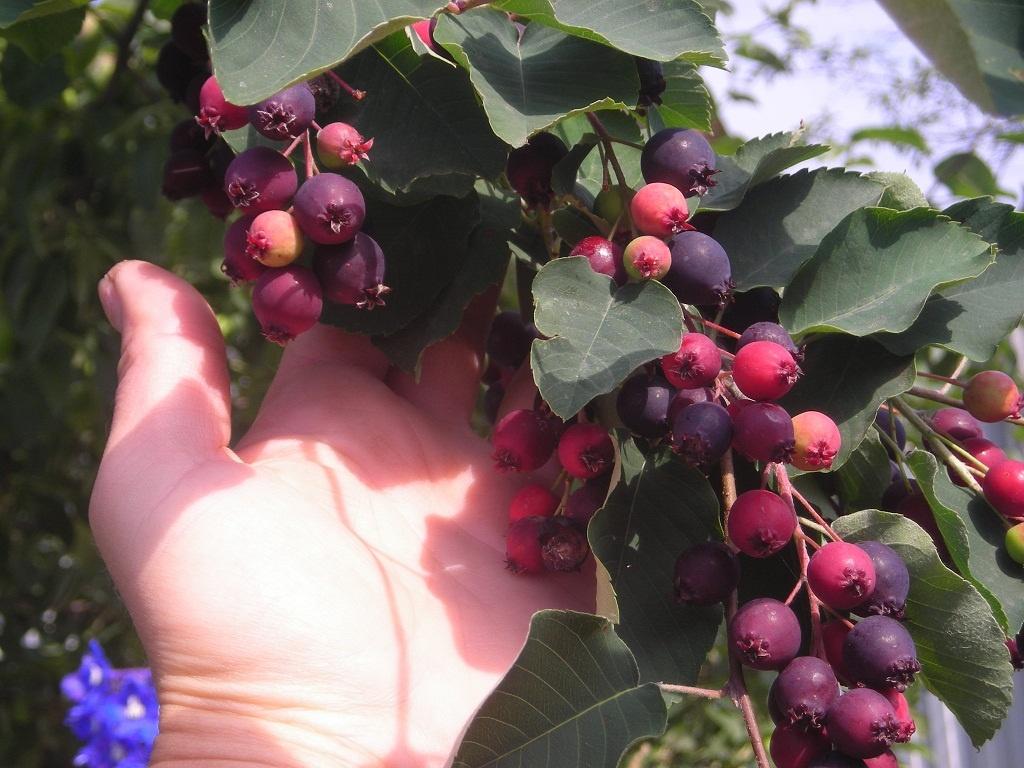
Often used as a decorative eared Irga and Irga rotundifolia, although their fruit is also edible and tasty.
Saskatoon eared

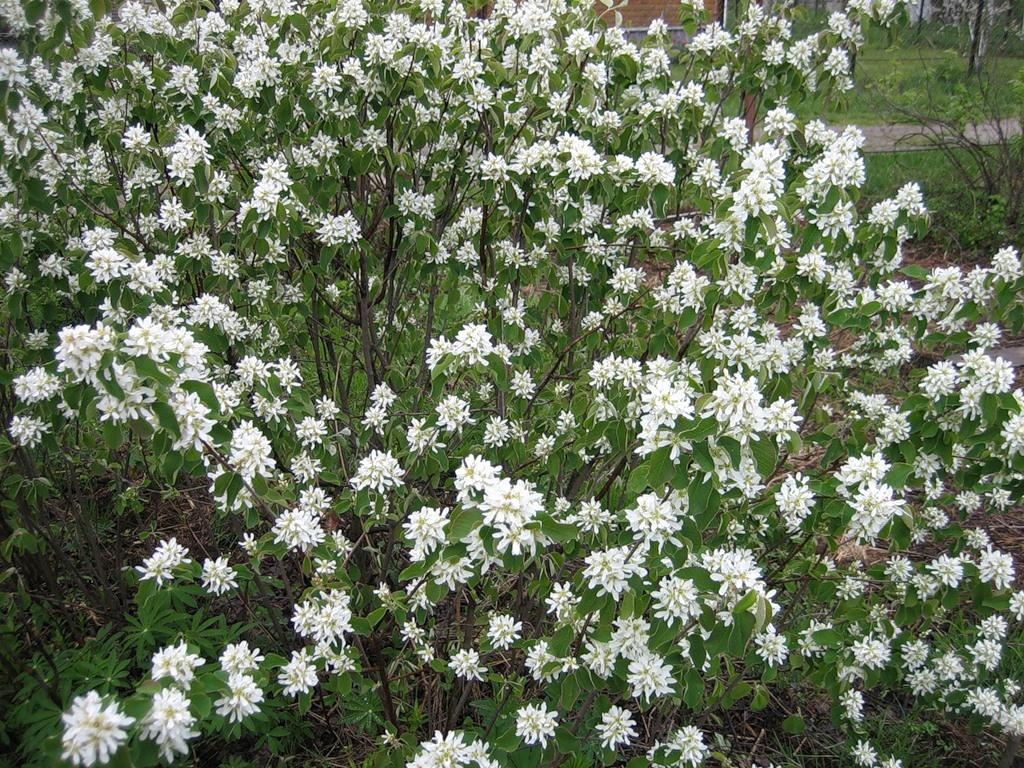
Saskatoon round lobes
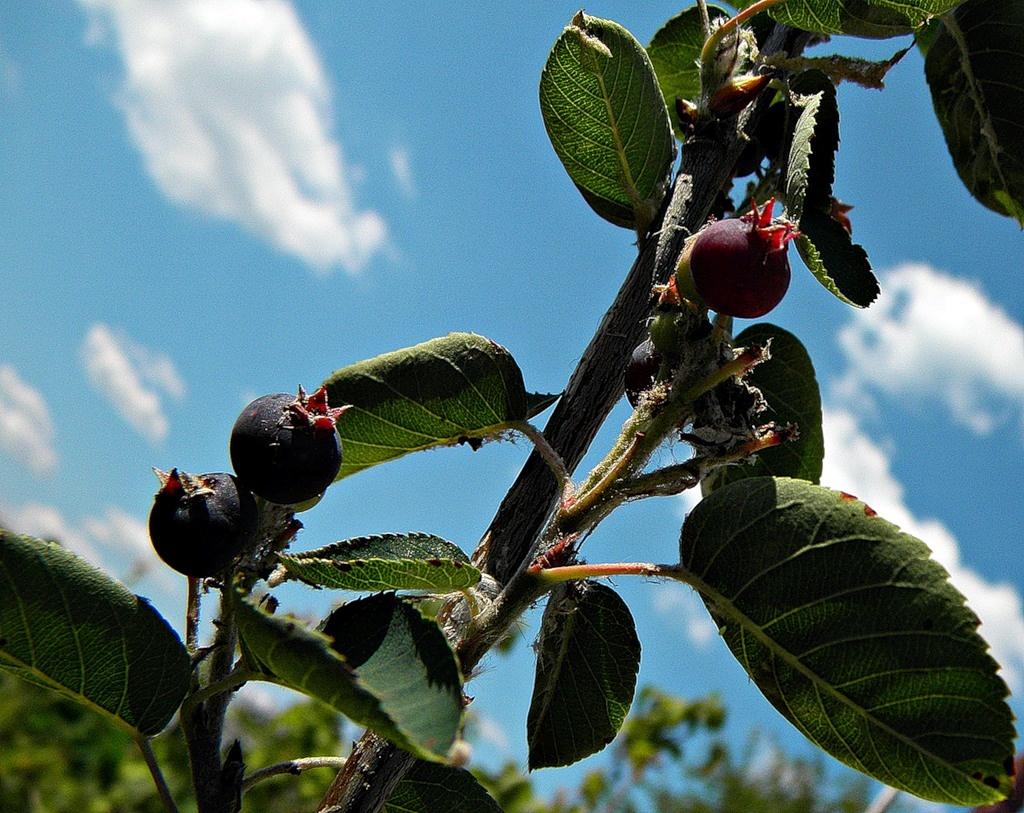
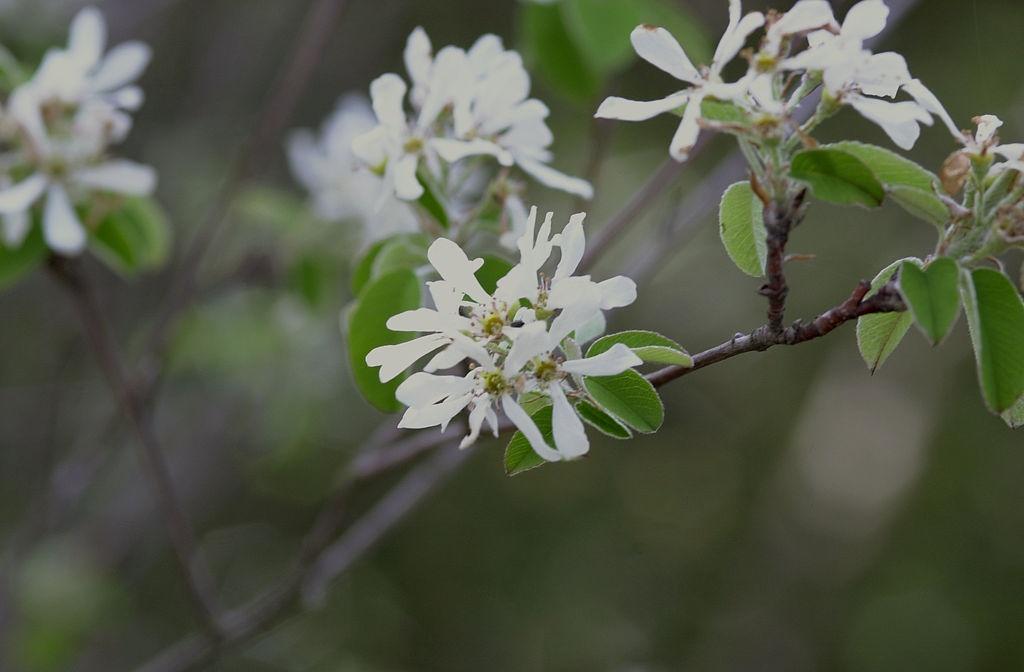
Saskatoon common
Saskatoon common-a wild and undemanding type of amelanchier, its berries are small and not very sweet, but no less rich in nutrients than others.
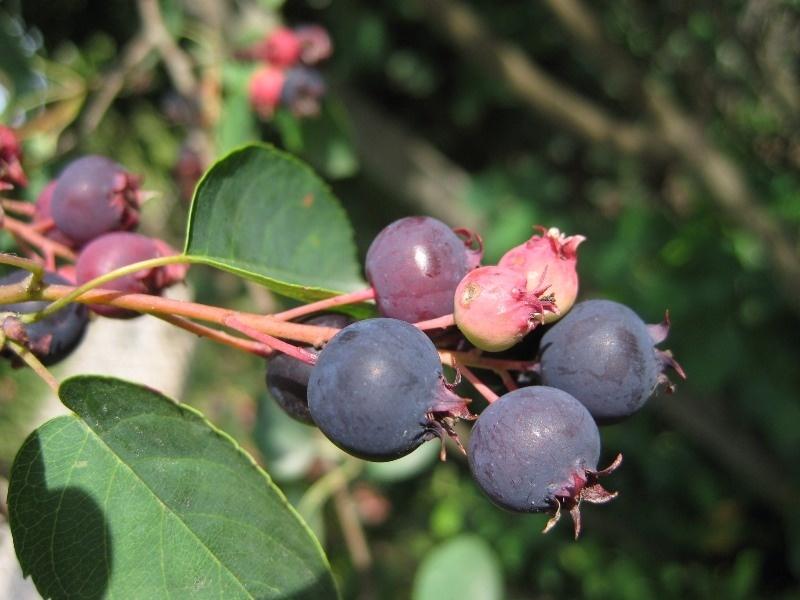
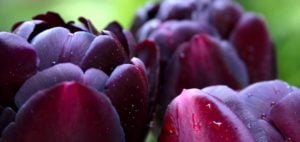
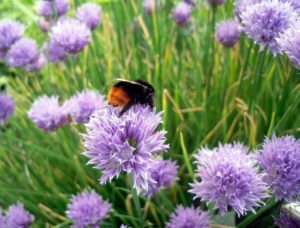
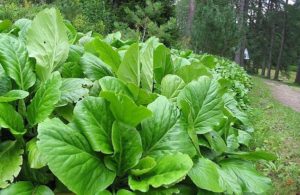
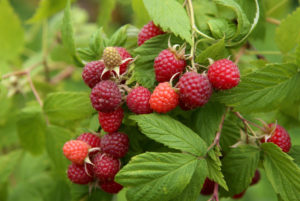
Leave a Reply